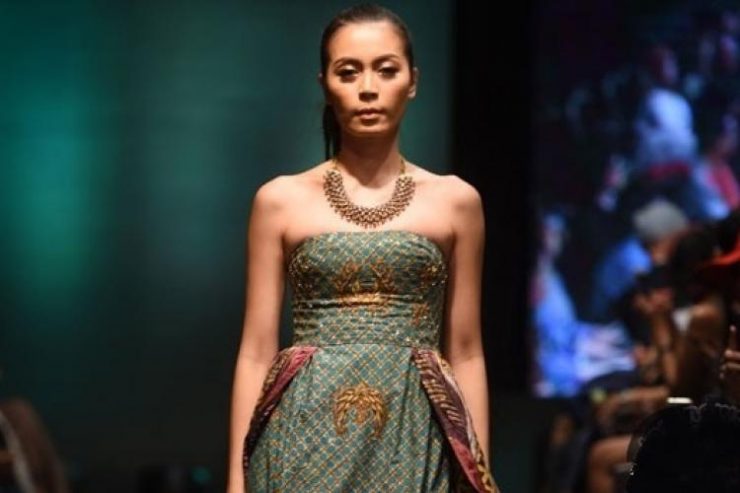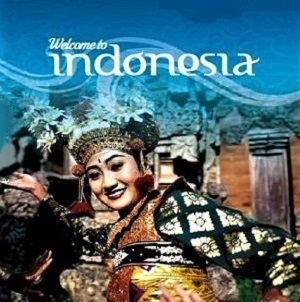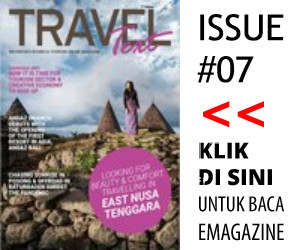BATIK, the technique of decorating cloth using wax and dye, is an ancient Indonesian art form, declared by UNESCO in 2009 as an ‘Intangible Heritage of Humanity’. The island of Java and in particular the royal court cities of Yogyakarta and Solo are renowned for batik; the name comes from an old Javanese word meaning “to dot” or “to stipple”.
In fact, one of the reasons why Java became famous for this method of dyeing is because all of the raw materials for the process were always readily available – cotton and beeswax and the many plants, such as indigo, soga and morinda citrifolia, from which the natural dyes are made. Batik textiles also became a major commercial industry in Bali, with the cloth varying enormously in artistry, elaboration, quality, and cost.
Batik designs are created by covering part of the fabric with wax and dyeing it. The dye doesn’t penetrate the wax, which is then melted away, before being repeated to leave behind intricate multicoloured patterns. Motifs drawn with a ‘canting’ or wax-filled pen are called ‘batik tulis’. Using this method, the design is traced onto a prepared cloth and the pattern is then drawn with wax. The wax is kept on the areas that have already been dyed to protect them from more dye.
The repetition process uses progressively darker shades of dye until the desired motifs and colours are produced. The wax can also be applied with a copper stamp, known as a ‘cap’ (pronounced chap). If a marble effect is desired, the wax is deliberately cracked before being placed in the dye bath. The dye seeps into the tiny cracks, which create the fine lines that are characteristic of batik.
Natural fabrics such as densely woven cotton or silk are selected for the cloth, so that it can absorb the wax during the dye resisting process. The wide range of motifs is handed down within families for generations, thus intertwining the symbolic meanings of the craft’s colours and designs with the cultural identity of the Indonesian people.
The diversity of the patterns reflects a variety of European, Arabic, Persian, Indian, Chinese and Japanese influences. Modern motifs used in the fashion industry feature striking images of flowers, birds, lizards and fish, for example, together with numerous mottled patterns reminiscent of smoke, water, soda bubbles, leather, snakeskin and other animal skins, such as leopard and zebra. Nowadays, batik art is no longer dependent on natural, traditional dyes, which were primarily beige, blue, dark red, brown and black, Instead, chemical dyes are used to produce the required bright colours. However, modern batik still utilises the traditional canting and cap tools to create intricate designs. [photo special]
















